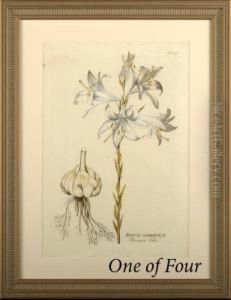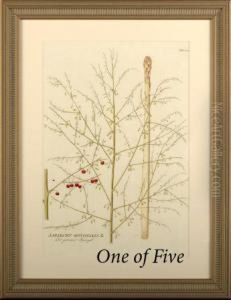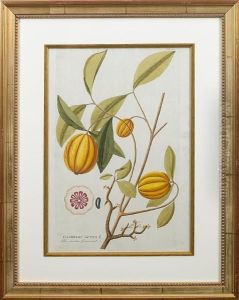Joseph Jacob Von Plenck Paintings
Joseph Jacob Plenck, also known as Joseph Jacob von Plenck, was an Austrian physician and botanist born in 1735, whose contributions extended beyond the medical field into botanical studies. Despite not being primarily known as an artist, his work in the domain of scientific illustration, particularly in botany and anatomy, holds a significant place in the intersection of art and science during the Enlightenment period.
Plenck's education and career were rooted in the medical field; he earned his medical degree and subsequently held several important positions, including teaching roles at universities. His interest in botany was not uncommon among medical professionals of the time, as the study of plants was directly related to their medicinal uses. Plenck's work in botany led to the publication of several important works, including botanical studies and classifications that were highly regarded for their scientific value and the quality of their illustrations. These illustrations, meticulously detailed, contributed to the understanding and classification of plant species, which was a crucial aspect of 18th-century scientific discoveries.
Beyond his botanical illustrations, Plenck made significant contributions to the field of dermatology and was one of the pioneers in the study of the anatomy of the skin. His works in this area were among the first to offer a systematic approach to diagnosing and treating skin diseases, blending scientific research with the detailed illustrative documentation of various conditions.
Joseph Jacob von Plenck's death in 1807 marked the end of a career that significantly impacted both the medical and scientific communities. Though his contributions to art come through a scientific lens, the precision and beauty of his illustrations reflect the intricate relationship between art and science. His legacy is preserved in the detailed plates and writings he left behind, which continue to be of interest not only to historians of medicine and botany but also to those studying the history of scientific illustration.



